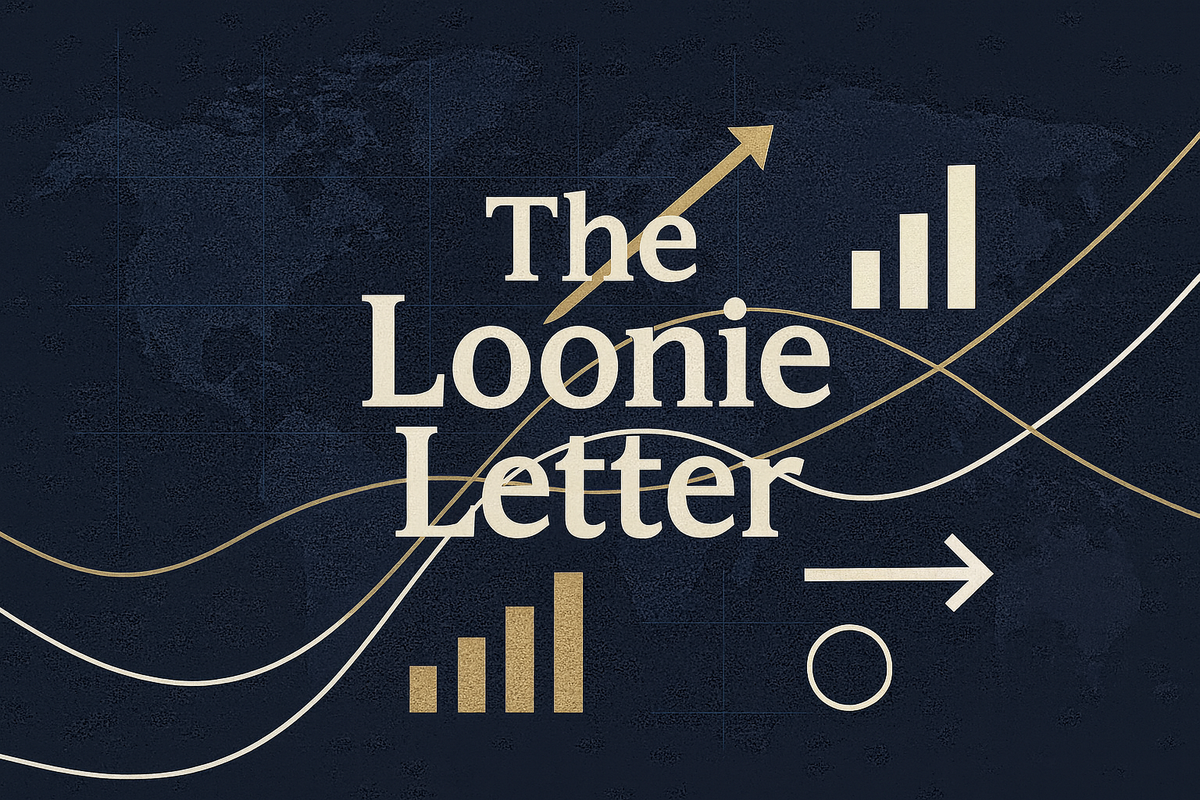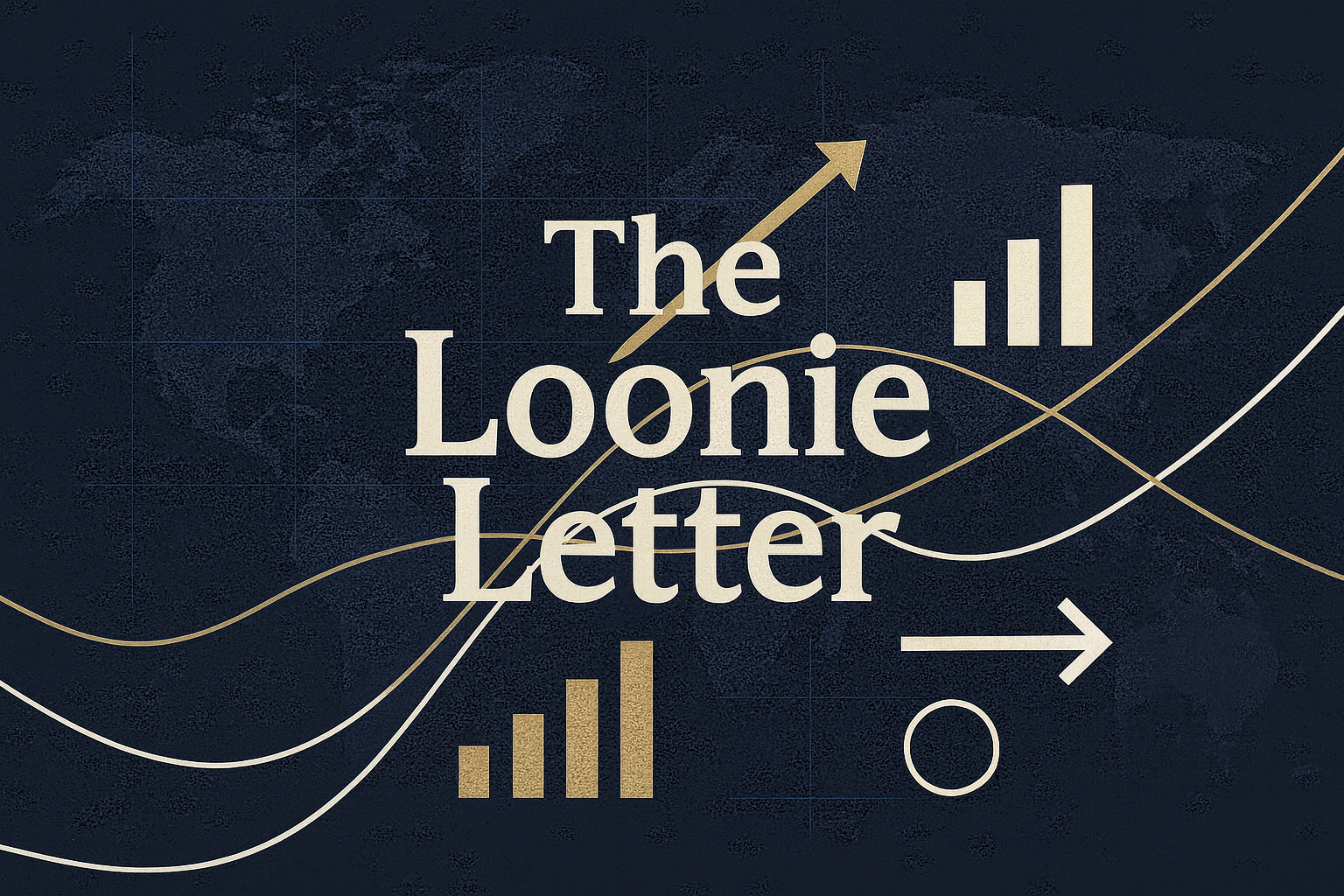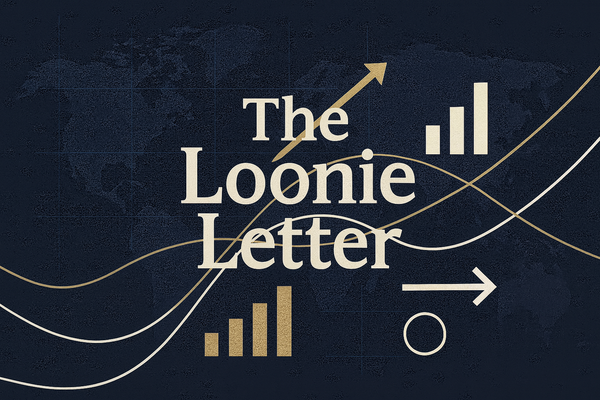Capital, Conflict & Capacity: Investor Briefing for Sep 19, 2025

Today’s briefing (2025-09-19) connects three fronts where capital allocation meets geopolitics and industrial capacity: Europe’s new defence private‑credit channel, shifts in Taiwan arms financing, the Philippines’ upskilling push, a potential Wall Street “information drought,” and mixed signals across Asian FX. Together, these dynamics shape risk, return, and execution timelines for global portfolios.
EU backs first private‑credit vehicle for defence
The European Commission has anchored the market’s first defence‑focused private‑credit vehicle with €30m to finance SME working capital and capex tied to member‑state orders, signaling policy support for non‑equity instruments in a sensitive sector (NavalTechnology). The move complements the EU’s €150bn SAFE facility, which targets large joint procurement and guarantees, by filling an SME‑level financing gap (Consilium). Market tailwinds from Europe’s expanding defence programs reinforce demand for supplier financing and capacity investment (Mondaq). For investors, expect senior‑secured, short‑to‑medium tenor loans linked to pre‑delivery production and bridge‑to‑contract needs, with concentrated SME credit risk mitigated by covenants, step‑in rights and receivables assignment; plan for FDI and export‑control reviews, especially in Germany and at the EU level (Mondaq; Dechert).
Taiwan aid pause and the market for future arms
Reporting indicates the White House declined to approve over $400m in Presidential Drawdown Authority aid to Taiwan while informally notifying Congress of a potential ~US$500m sale, shifting emphasis toward purchased “asymmetric” systems such as drones, missiles, and sensors (WashingtonPost; NZHerald; Anadolu). A pivot from drawdowns to direct sales channels capital to US vendors across unmanned systems, precision munitions, and ISR hardware, though deliveries typically occur over multi‑year schedules (WashingtonPost; NZHerald). Taipei’s rising defence‑spend trajectory (policy discussions cite a path toward ~5% of GDP by 2030) underpins demand but heightens geopolitical sensitivity (Anadolu; NZHerald). Monitor formal US notifications to Congress/DSCA, Taiwan’s supplemental budget process, and US‑China negotiation signals for timing and scope catalysts (WashingtonPost).
Philippines’ advanced manufacturing push, why investors should care
Laguna State Polytechnic’s new Advanced Manufacturing Center (Amcen) aims to align vocational training with automation and higher‑value factory processes to support CALABARZON’s industrial base (BusinessMirror). National messaging in parallel spotlights efforts to scale advanced production and post‑production technologies, including agri‑processing programs projecting per‑unit cost reductions under a Rural Processing Scheme (RPS II) (Facebook). For deal teams, training hubs can reduce hiring friction for automation adoption and create partnerships for tooling, robotics integration, and upskilling platforms; near‑term opportunities may emerge in contract manufacturing, calibration/maintenance services, and local subcomponents as RPS II‑linked procurement scales (BusinessMirror; Facebook).
The looming information drought
With valuations elevated and the macro outlook uncertain, an emerging “information drought” could thin guidance and sell‑side coverage, raising the risk of surprise earnings shocks and wider spreads (Politico). Recent small‑cap strength illustrates that rallies can persist even as transparency wanes, heightening mispricing risk when news hits (MarketWatch; Politico). Practical responses: raise conviction thresholds for concentrated bets, broaden signal sets with high‑frequency/alternative data, stress‑test liquidity, and price in information risk via required returns or hedges; active engagement can also improve disclosure where coverage thins.
Asia currencies: mixed signals, dollar strength vs. local resilience
A firmer US dollar alongside higher short‑dated Treasury yields has pressured several Asian FX, with the rupee near record lows and the won and rupiah softer in recent sessions (Finimize; Yahoo; ForsythBarr). Yet some desks flag stable risk appetite and calmer near‑term volatility, tempering the downside in select pairs (VTMarkets). Broader EM gauges have eased off recent highs, while idiosyncratic dynamics—such as a more hawkish Bank of Japan—are bolstering the yen against regional peers (Yahoo; Binance). Positioning implications: hedge selectively where exposures are FX‑sensitive, watch DXY and US data beats/misses for momentum shifts, and keep flexibility for tactical rebalancing as rates and volatility evolve (Finimize; VTMarkets).
Conclusion
Across defence financing, supply‑chain retooling, market microstructure, and FX, the common thread is execution under uncertainty. Prioritize structures with built‑in downside protection, diversify signal sources, and stage capital around policy and data catalysts. We will continue to track regulatory milestones, procurement notices, disclosure trends, and cross‑asset volatility that shape entry points and risk budgets.

